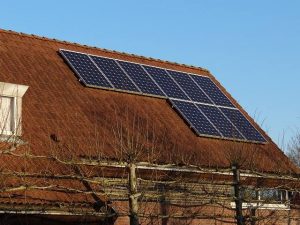Energy Efficiency
Zero Energy Homes: The future of real estate for the sustainable earth minded family
Zero Energy Homes: The future of real estate for the sustainable earth minded family
As the realities of climate change become more accepted, more people are looking for ways to reduce their carbon footprint and their environmental impact.
The trend can be seen in cars that use less fossil fuels, community-wide recycling programs and green home products that have a reduced environmental impact.
Another addition to the list are low energy and zero energy homes. To get one, you will need to find a buyer’s real estate agent familiar with zero energy homes.
But first, here’s a look at what a zero energy homes can do.
 The basic definition of a zero energy home is one that uses about the same amount of energy annually as what is produced through renewable energy resources on site. Some zero energy buildings even produce more energy through renewable resources than what they consume from the power grid, making them “energy-plus” buildings. Since 2008, when the Department of Energy recognized builders who construct energy efficient offices and residential homes, there have been more than 14,000 zero energy buildings constructed.
The basic definition of a zero energy home is one that uses about the same amount of energy annually as what is produced through renewable energy resources on site. Some zero energy buildings even produce more energy through renewable resources than what they consume from the power grid, making them “energy-plus” buildings. Since 2008, when the Department of Energy recognized builders who construct energy efficient offices and residential homes, there have been more than 14,000 zero energy buildings constructed.
According to the federal Office of Energy Efficiency and Renewable Energy (EERE) there are multiple steps builders can take to construct a zero energy home. They include some of the following.
These are just some of the methods used to reduce the carbon footprint of a residential home. As the concept becomes more popular, the chances of living in a low-energy or zero-energy home will become easier to accomplish in communities across the country.
The place to start now is by contacting a realtor who is familiar with zero-energy homes and who can help you achieve your goal of living in such a way as to benefit the planet, not hurt it.